
There was an island on the lake, by which 4,000 years ago there was a settlement surrounded by wooden fortifications, scientists have determined by studying its relics near Bruszczewo (Wielkopolska). Currently, there is hardly any trace of the lake.
Relics of the settlement and remains of the lake are located on the edge of the Samica Kościańska valley, near the village of Śmigiel.
Research project leader, Dr. Jakub Niebieszczański from the Faculty of Archaeology of the Adam Mickiewicz University in Poznań, said: “This settlement was a metallurgical centre in the period of the Únětice culture. The unique thing is that it was a fortified settlement, unheard of in these areas at that time.”
He added that there are no similar settlements in present-day northern and central Poland. According to the researchers, this means that the site could function as a centre of power in the northern reaches of this culture.
The settlement was located on a promontory of the lake. It was cut off from the mainland by a deep moat or ditch and palisades. Currently, the lake does not exist, the area is a meadow.
In recent years, scientists from the Faculty of Archaeology together with experts from the Faculty of Geographical and Geological Sciences of the Adam Mickiewicz University conducted geoarchaeological research in the area, which they recently partially summarized in Environmental Archeology and Journal of Archaeological Science: Reports. The analyses were financed by the Polish National Science Centre.
It was a surprise for the researchers that 4,000 years ago, there was an island on the lake.
Dr. Niebieszczański said: “During field research in the central part of the former lake, we noticed an elongated hill. At its top there were numerous molehills containing various artefacts, mainly broken fragments of prehistoric vessels.
“It was quite a surprising discovery, considering that in prehistory this place should have been the centre of the lake.”
The researchers started drilling. As a result, they obtained confirmation that it was indeed an island, formed when the glacier retreated about 18,000 years ago. Additionally, they discovered more pottery fragments and animal bones.
Radiocarbon dating meant the scientists could determine that they came from the early Bronze Age.
The researchers have also determined that the lake was formed immediately after the ice sheet retreated during the last glaciation, about 18,000 years ago. This conclusion was possible based on the analysis of wells. The lake began to disappear around 800 BCE, and its end falls on the turn of the era. At that time, a vast peat bog was formed.
There were also moments in the lake's history when it expanded its area. This was around 1880-1690 BCE.
What contributed to this? It is not yet known. We do know that it caused a reaction from the population living in the settlement.
Dr. Niebieszczański said: “On the edge of the settlement adjacent to the lake, vertical piles were placed along the shore and interspersed with twigs, originally interpreted as a defensive structure. In the light of the new findings, it seems that the structures was rather built to reinforce the coastal zone. They prevented erosion caused by the waters of the lake.”
The fortified settlement, the relics of which can be found in today's Bruszczewo, occupied an area of 1.5 ha and was approximately 120 m in diameter. No more than 100 people lived there. It was protected by a deep moat and at least two rows of wooden palisades.
Excavations in Bruszczewo began in the 1960s, when archaeologists from the Archaeological Museum in Poznań worked here. The work entered an interdisciplinary and international phase at the end of the 1990s, when an extensive research project of archaeologists from the Adam Mickiewicz University and the University of Kiel was launched. So far, archaeologists have excavated about 20 percent of the settlement surface. (PAP)
PAP - Science in Poland, Szymon Zdziebłowski
szz/ agt/ kap/
tr. RL
Gallery (7 images)
-
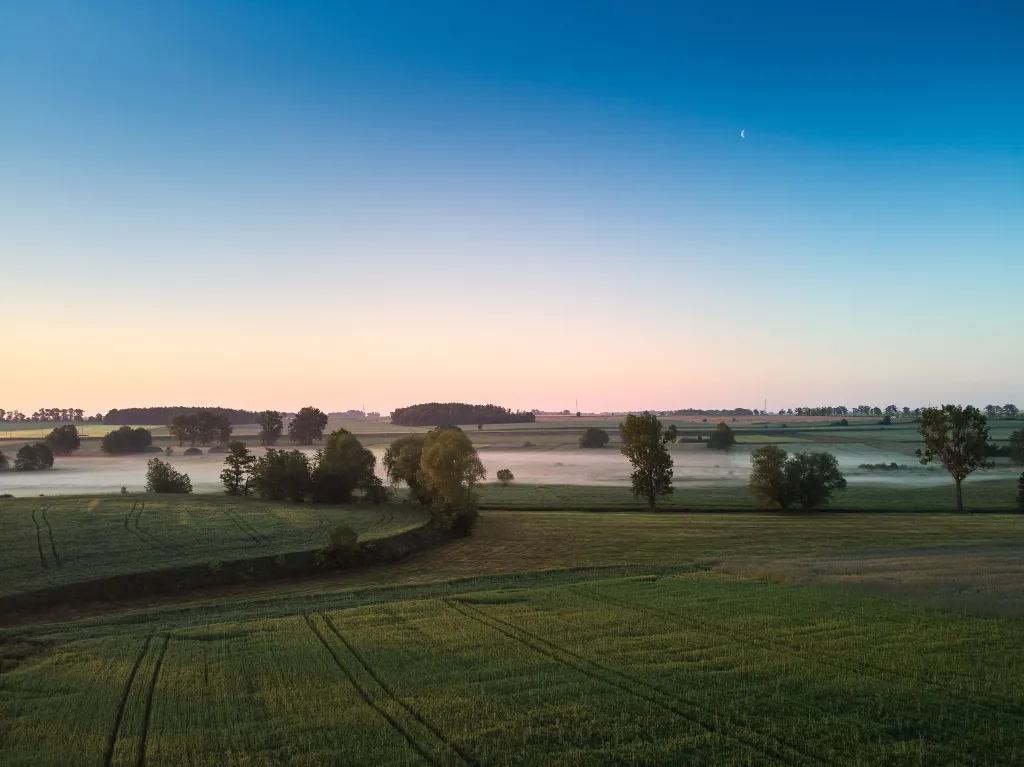 1/7Credit: Studio Galimatias
1/7Credit: Studio Galimatias -
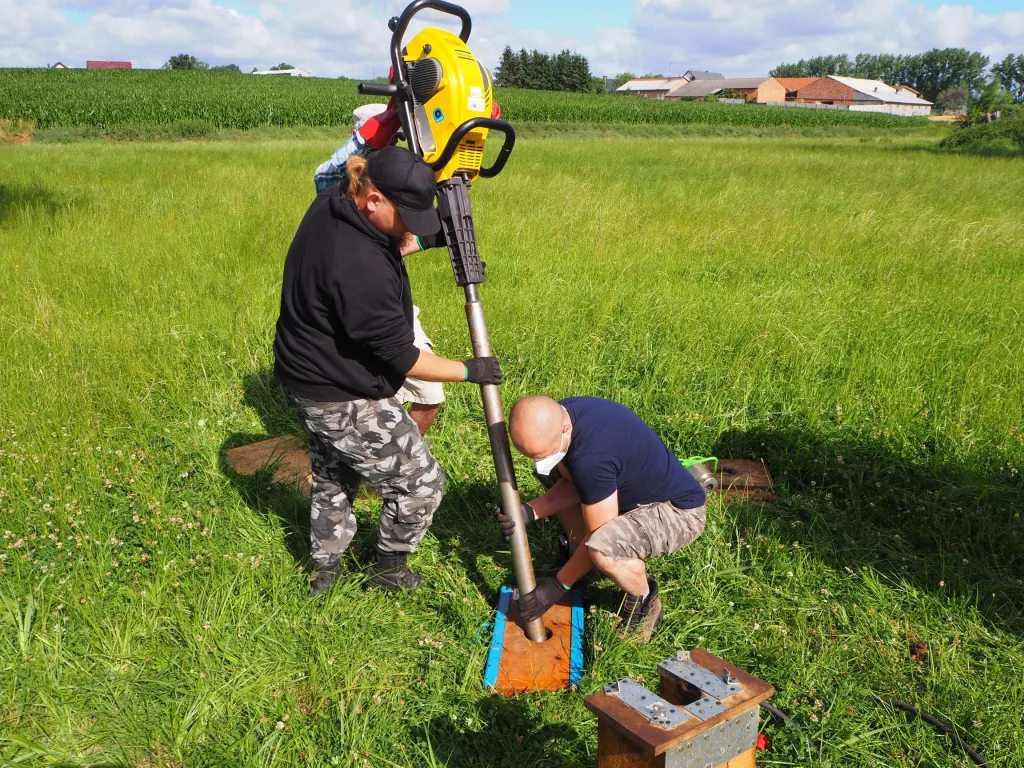 2/7Vredit: S. Teska
2/7Vredit: S. Teska -
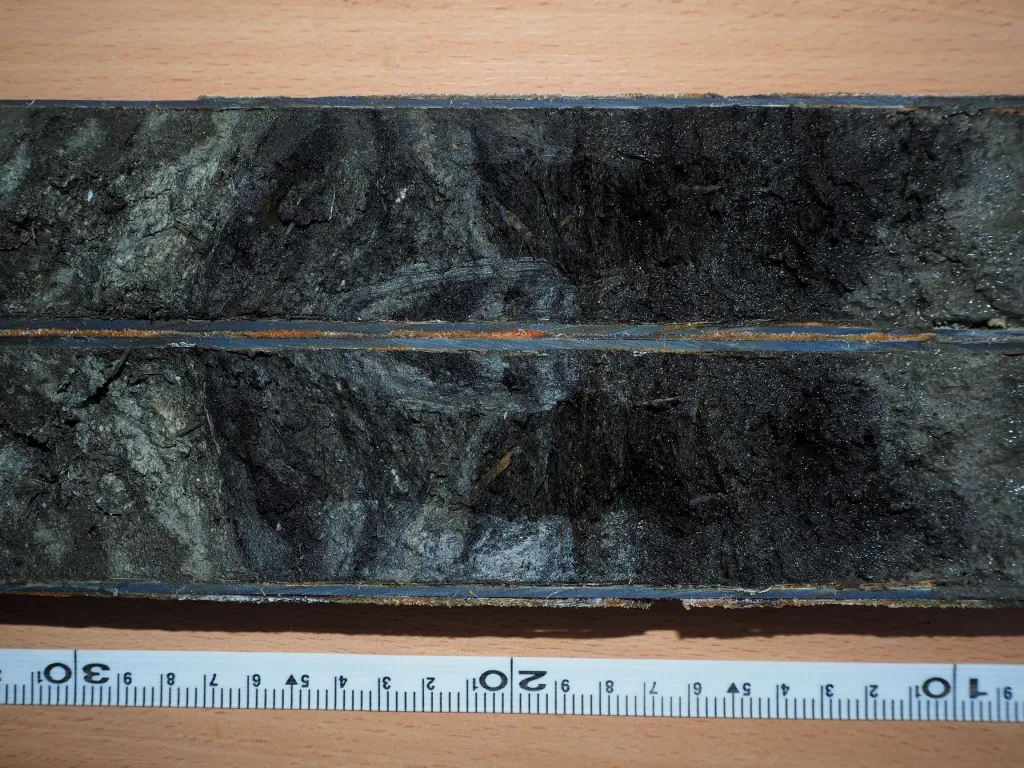 3/7Credit: J Niebieszczański
3/7Credit: J Niebieszczański -
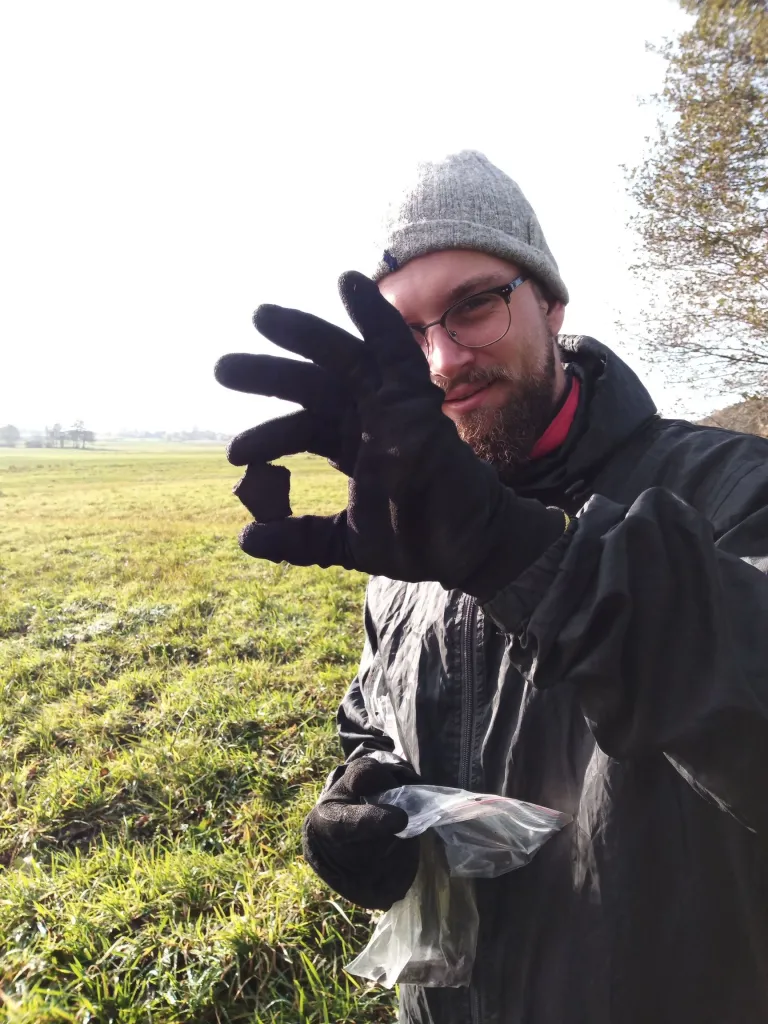 4/7Credit: J Niebieszczański
4/7Credit: J Niebieszczański -
 5/7Credit: J Niebieszczański
5/7Credit: J Niebieszczański -
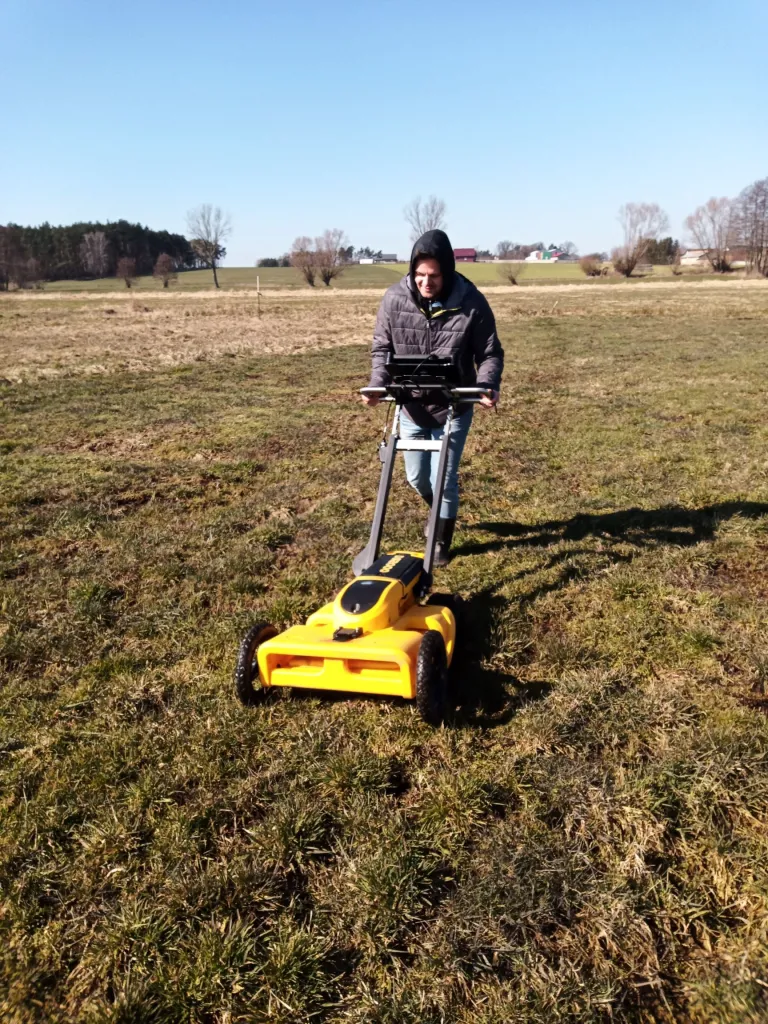 6/7Credit: J Niebieszczański
6/7Credit: J Niebieszczański -
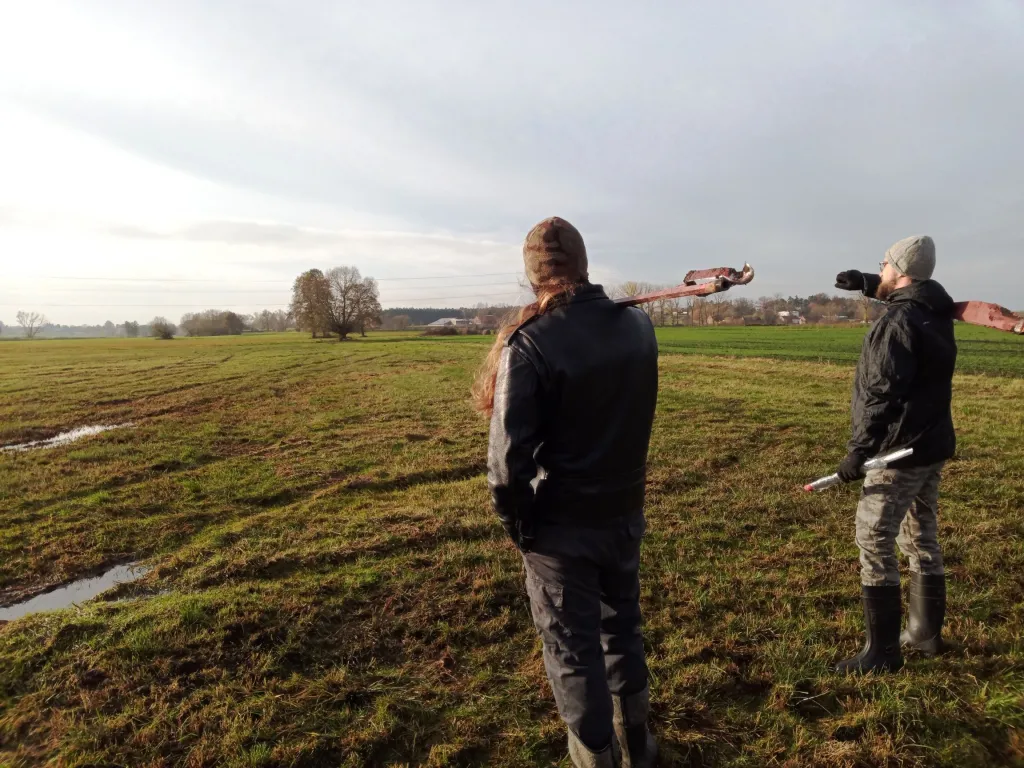 7/7Credit: J Niebieszczański
7/7Credit: J Niebieszczański













